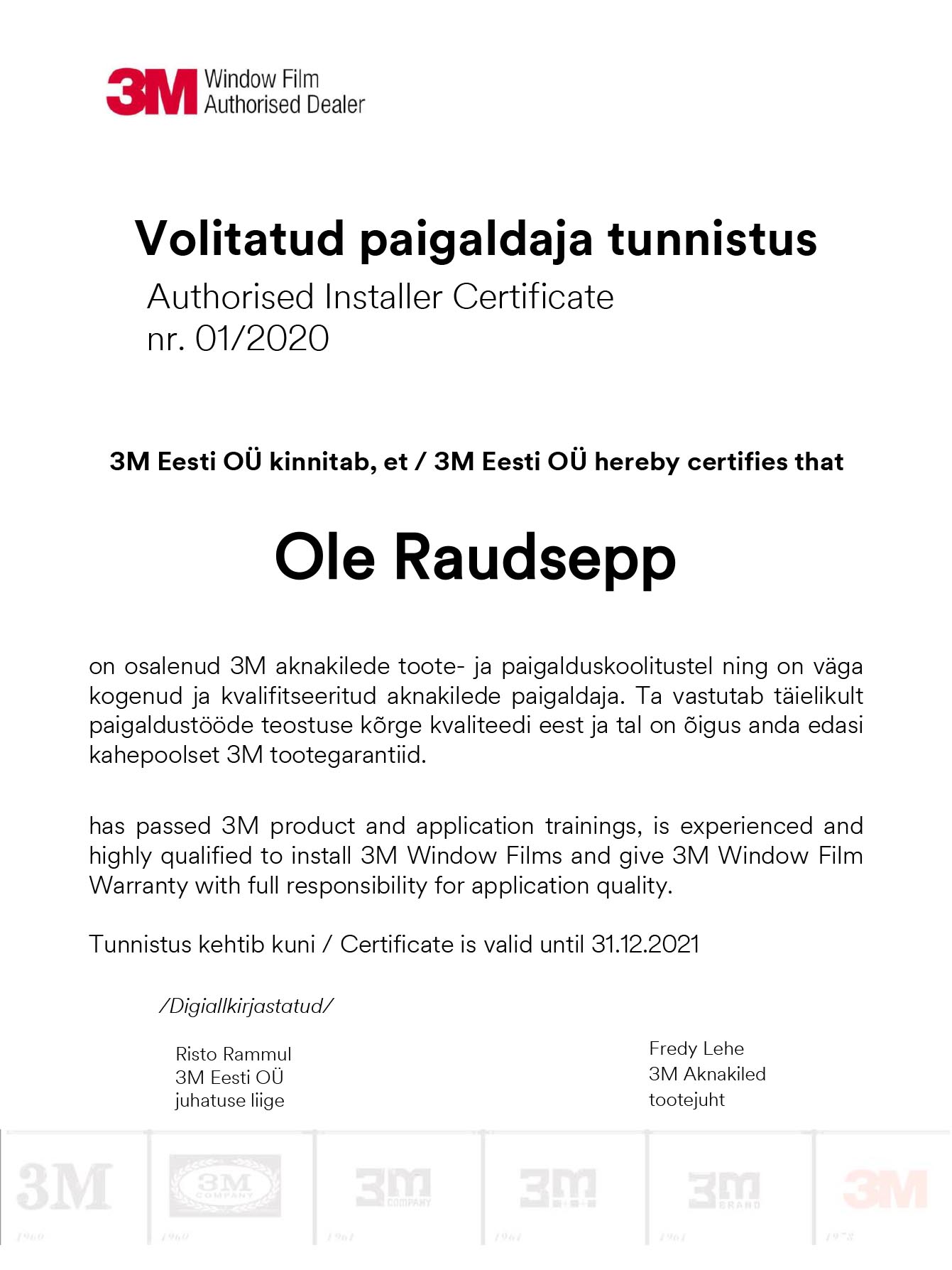Frequently asked questions
Car films
Work time?
Due to our long-term experience, most car brands are familiar to us. Tinting the rear of a simpler car usually takes 1.5-2 hours, tinting the whole circle (in addition to the front door windows) takes about 2-3 hours. The toning process for less common and exclusive cars can take more than 6 hours.
What does the price depend on?
The price range of the most common car tinting is generally the same. The price of tinting is determined by the complexity and time of assembly.
How dark windows are allowed?
There are no restrictions on the windows behind the driver. Estonian laws stipulate that the driver’s window must be 70% transparent and the windshield 75%.
Does the car need to be washed first?
Washing the car before tinting is recommended. It would be nice to film a car that hasn’t come from an offroad adventure. A very dirty car affects the installation quality of the toner film!
Will the bigger things in the car get in the way?
If possible, the car could be empty of things e.g. strollers, bicycles, other sports equipment or tools.
How high quality are the films?
The warranty period of the films we offer starts from 3 years, on more expensive films it reaches 15 years. In our climate, tinted films with a shorter warranty period also last well. As the tinted film is covered with an anti-scratch layer, the film also withstands lower mechanical forces.
Warranty
We give a 1-year warranty for our work. The warranty covers such situations where some parts of the car’s interior are left unraveled during assembly, have not been properly re-installed or have been broken during work. The warranty of tinted films is 3-15 years.
What does the filming process look like?
During the work, if necessary, the rear window sill is removed from the car (in the case of a car with a sedan body), the door upholstery, the window is removed from the doors (glued window remains on the body). A film is applied to the inner surface of the window and left to dry until the film is completely adhered to the window. We pay special attention to assembly. As we have the most common padding dowels, we replace broken dowels to avoid all kinds of nipples and nails.
Building films
Does the solar control film has to be installed on the inward or outward side?
The solar control film is installed both inside and outside. Before installing the films, it is necessary to make sure what type of double-glazed units are these and to decide on which side it is reasonable to install the film. For triple-glazed windows, the solar control film must be installed on the outside. On single and double-glazed windows can also be installed inwards.
Do you have to wash the windows yourself before installing?
Usually you do not have to. The windows are washed several times before installation, because no dirt must remain under the film. If the window has construction residue plaster, putty, etc. then we ask the customer to remove more dirt themselves, because in such cases there is a risk of scratching the windows during cleaning.
Can the window break after installing the films?
If the glass type is detected and the film is selected correctly, the glass will not break. Glass can break due to thermal stress. This happens when the glass type is not detected and the film is selected incorrectly.
How much light is taken away by the film and whether the room is
dark after the films have been applied?
How much light the film removes is up to the customer. Some materials are so bright that if you secretly film the glasses at night, when you wake up in the morning, you don’t realize that anything has changed. However, the brighter the film, the smaller the effect of controlling the heat energy caused by solar radiation.
How many degrees does the temperature in the room drop after applying the films?
Unfortunately, there is no single answer to this question, because the parameters are always different. (size of the room, size of the windows, position of the building, configuration of the glazing, etc.) However, we can say how much heat we can dissipate with the film as a result of solar radiation. For larger projects, it is possible to perform sample temperature measurements and cost-effectiveness calculations for cooling costs.
Why to choose a more expensive film when a similar product is much cheaper?
It is often the case that film providers have not delved into the value of the product or have not figured out what is the difference between a cheaper and a more expensive product and where the price difference arises. If you start comparing products from different manufacturers, you can discover very big differences. (color of material inside and outside, warranty, service life, quality, etc.)
Can the film be installed on the inside of a triple-glazed window?
It is possible and the window can even stay intact, but in the case of sunscreens it does not make sense, because in the case of internal installation, the glass can start working as a radiator instead and the effect is the opposite.







